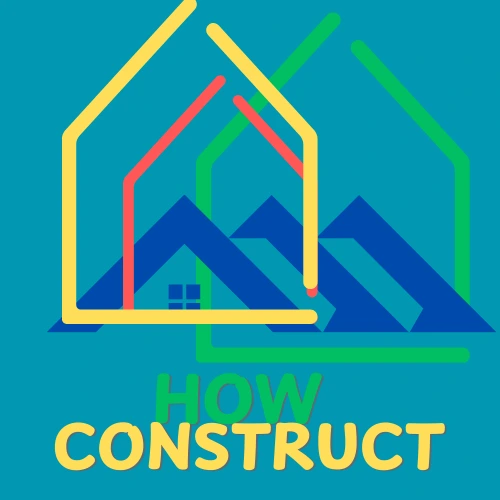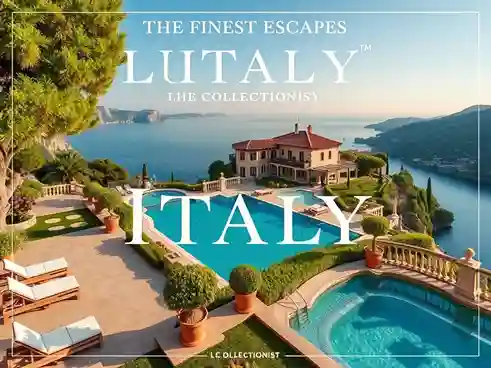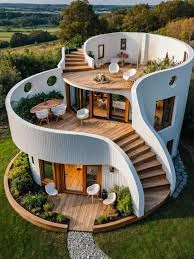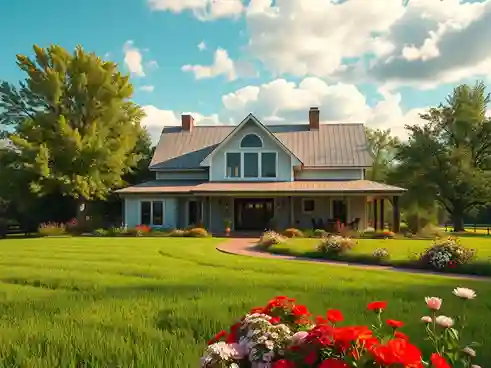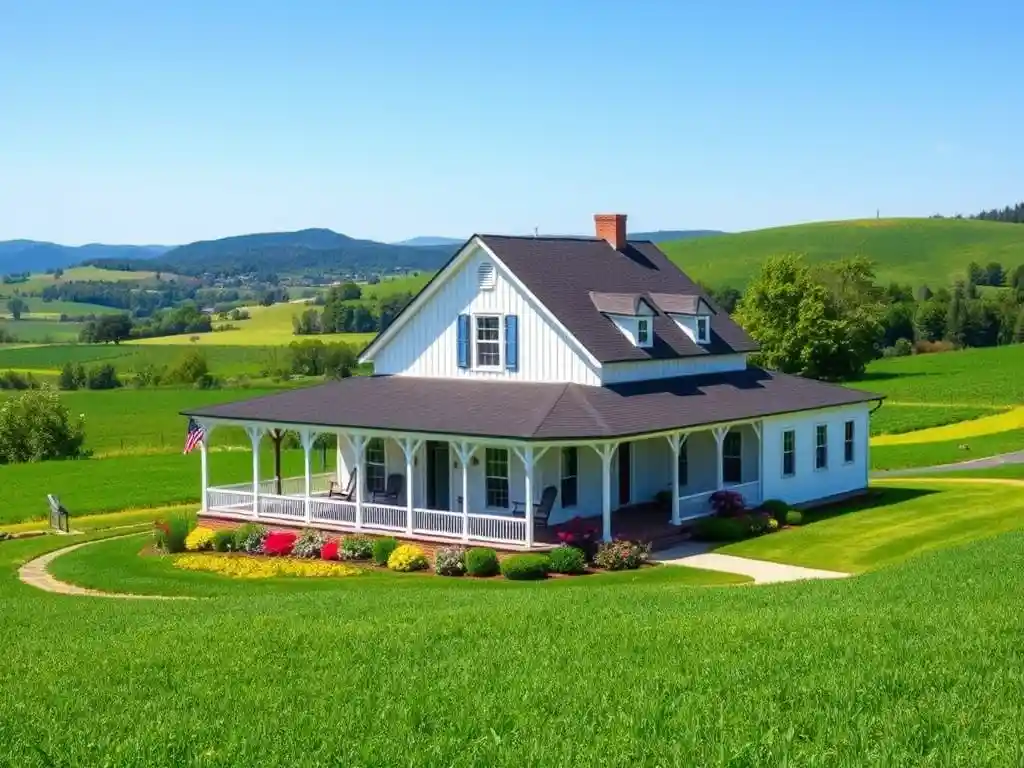Round Homes have enchanted mankind fancy for centuries, proving sole aesthetics and practical welfares. In this discussion, we’ll discover ten of the unruffled round Homes from around the world, probing into their designs and how they work.
1. The Futuro House (Various Localities)
Design and Functionality
It was created by Finnish architect Matti Suuronen in the late 1960s. The Futuro House look like a hovering dish, imitating the time’s charm with space inspection. Built from fiberglass-reinforced polyester plastic, said manufactured homes are lighter in weight and easily moveable. The round design calls for effective heating and freezing, as air rotates uniformly within the space. Large windows enclose the structure, supplying ample natural light and majestic views.
2. The Rotating House (San Diego, California)
Design and Functionality
Situated on Mount Helix in San Diego, the Rotating House was planned and built by Al and Janet Johnstone. This novelty home can rotate 360 degrees, sourcing vibrant views of the surrounding countryside. The rotation apparatus calls the house to finish a full turn in as little as 33 minutes or as long as 24 hours, depending on the desired speed. This feature enables residents to adjust their home’s orientation for optimal sunlight contact and views throughout the day.
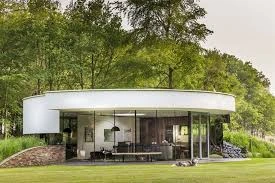
3. The Norman Lykes House (Phoenix, Arizona)
Design and Functionality
The Norman Lykes House is the last housing Enterprise planned by the famous architect Frank Lloyd Wright. Finished in 1967, the home have postures of interlocking round spaces that merges effortlessly into the rocky hillside. The bent walls and large, curved windows deliver a melodious linking between the interior and the surrounding desert land. The round design encourages natural airflow and energy efficiency, keeping the home cool in the hot Arizona climate.
4. Bolwoningen (Den Bosch, Netherlands)
Design and Functionality
The Bolwoningen public comprises of 50 spherical Homes planned by Dutch sketcher and sculptor Dries Kreijkamp. Built in 1984, these exclusive homes are prepared from glass fiber-reinforced concrete and were prefabricated for quick assembly. Each sphere has a diameter of 5.5 meters and bids 55 square meters of breathing space crosswise three levels. The round shape reduces exterior surface area, increasing energy efficiency, while the elevated design delivers protection against flooding.
5. The Round House (Sausalito, California)
Design and Functionality
Perched on a hillside in Sausalito, the Round House was planned by architect Mario Corbett in 1954. This round redwood home deals majestic views of the San Francisco Bay over its tall, wraparound windows. The open floor plan and curved walls deliver a seamless flow between spaces, while the central support column calls for free interiors. The round design boosts structural stability and provides resistance against seismic activity common in the region.

6. The Eco-Pod (United Kingdom)
Design and Functionality
The Eco-Pod is a durable, assembled round house crafted to have minimal environmental influence. Built from recovered materials, it forms a roof that assists local biodiversity and provides natural protection. The round layout encourages efficient airflow and decreases heat loss, improving energy efficiency. Broader windows collect natural light, reducing the requirement for artificial light during the daytime. The sound and compact boxes make it suitable for various settings, from urban gardens to remote countryside settings.
7. The Yurt (Central Asia)
Design and Functionality
The portable porches are round and old fashioned, Yurt . As such the moving persons in Central Asia for thousands of years use them. These are assembled with a wooden frame. also could be fix with felt or fabric, yurts are crafted for easy assembly and disassembly. The round shape provides outstanding wind resistance and efficient heat spreading, vital for harsh climates. A central gap at the top calls for ventilation and natural light. Modern adaptations of yurts have embraced worldwide as eco-friendly and cost-effective housing options.

8. The Mongolian GER (Mongolia)
Design and Functionality
Similar to the yurt, the Mongolian GER is an old-style round house operated by nomadic herders in Mongolia. It postures a wooden frame protected with layers of fondled ready from sheep’s wool, providing insulation against dangerous temperatures. The round shape deals stability against strong storms and calls for efficient warming with a central stove. The movability of the GER enables families to move seasonally in search of better grazing lands for their livestock.
9. The Igloo (Arctic Regions)
Design and Functionality
Arctic regions peoples made dome-molded snow housings called Igloos . Built from blocks of compressed snow, igloos utilize the shielding features of snow to hold heat, producing a warm interior environment in spite of freezing external temperatures. The rounded shape diminishes wind fight and evenly allocates structural stress, preventing collapse. A small entrance tunnel decreases heat loss and delivers protection from the harsh winds.
10. The Cob Round House (Various Locations)
Design and Functionality
Cob round Homes: These are crafted using a normal building material called cob. It is an integration of natural soil, water, rubbery organic material (such as straw), and most of time lime. The thick, mud walls deliver excellent thermal mass, regulating indoor temperatures by enthralling and liberating heat slowly. The flexibility of cob calls for inspired, living shapes and designs, ensuing in unique, handcrafted homes. Large, south-facing windows can be incorporated to maximize passive solar heating and natural light.
Conclusion
Round Homes bid a harmonious blend of aesthetic and functional benefits. Their round designs promote energy efficiency, structural stability, and a unique connection to the surrounding environment. From traditional dwellings like yurts and igloos to modern innovations like the Rotating House and Eco-Pod, these structures showcase the versatility and enduring appeal of round
